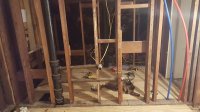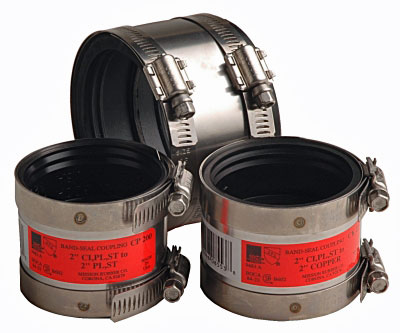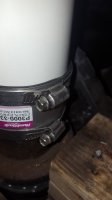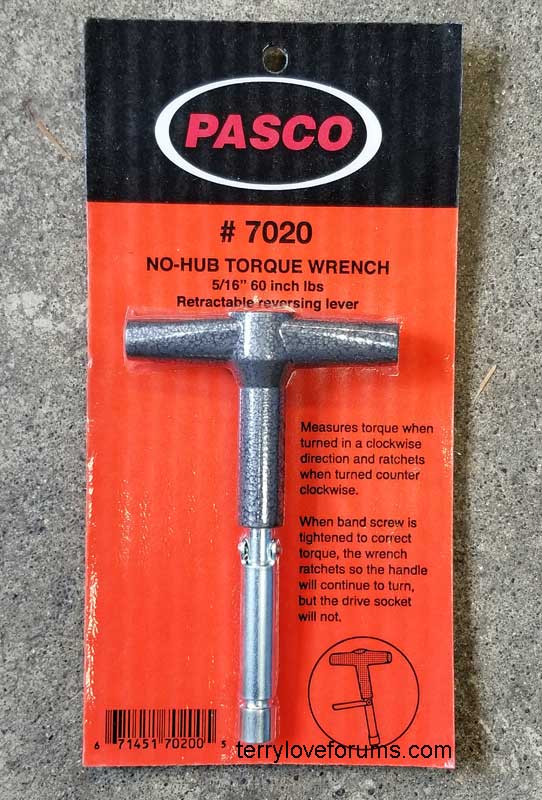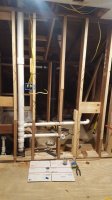I noticed some rusting on the undersides of both waste lines and decided to replace them with PVC, unfortunately they ended up breaking under the torque of my pipe wrench. The male thread is broke off inside the female thread of the drain T, but I'm not sure that there's even much thread left on that drain T to make it worth my while trying to get the broken piece out of there...they have a decent amount of rust build up.
I'm thinking my best option is to cut the stack off at some point below the lowest T and convert it over to PVC. I've never worked on cast iron before, so I was hoping you guys might give me some pointers on how you might approach this. I've noticed there are rubber fittings that fit inside the cast iron pipes as well as the rubber couples with hose clamps. Looking at the picture, where would you make your cut at and what fittings would you use to convert over to PVC?
If the picture doesn't show enough, starting from the bottom, there is a 4" piece of extension pipe, that then connects into the lower drain T, that then connects to the upper T and then I've got another 5ft of cast iron pipe up to the roof.
EDIT: Also, I just read that I might be able to just bust out the lead/oakum joint of the hubs instead of cutting the pipe, does that sound possible in my situation?
I'm thinking my best option is to cut the stack off at some point below the lowest T and convert it over to PVC. I've never worked on cast iron before, so I was hoping you guys might give me some pointers on how you might approach this. I've noticed there are rubber fittings that fit inside the cast iron pipes as well as the rubber couples with hose clamps. Looking at the picture, where would you make your cut at and what fittings would you use to convert over to PVC?
If the picture doesn't show enough, starting from the bottom, there is a 4" piece of extension pipe, that then connects into the lower drain T, that then connects to the upper T and then I've got another 5ft of cast iron pipe up to the roof.
EDIT: Also, I just read that I might be able to just bust out the lead/oakum joint of the hubs instead of cutting the pipe, does that sound possible in my situation?
Attachments
Last edited:

